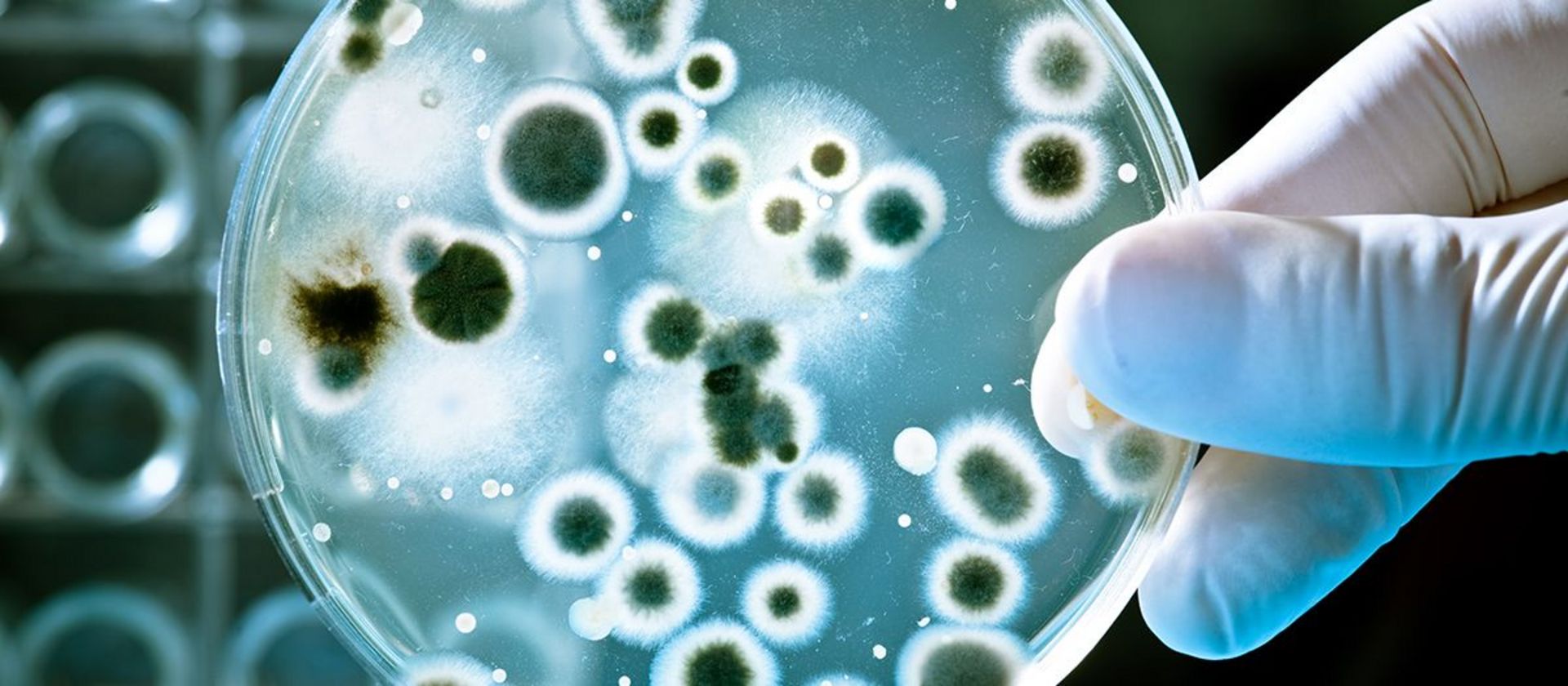
Epidemiology and ecology of antimicrobial resistance
Prof Dr Katharina Schaufler, PhD
Due to the interconnectedness between humans, animals and the environment, as well as the rapid potential for antimicrobial resistance to spread between bacterial species, we need a One Health approach to adequately address the threat of antibiotic resistance.
Our Research
Antimicrobial resistance (AMR) is an increasing threat to public health. Many antimicrobials, indispensable tools in the fight against infectious disease, are losing their effectiveness as novel multi-resistant pathogens are on the rise. Antimicrobial resistance occurs naturally as a consequence of mutations in the target microbes’ genes – and can be transmitted between microbes through horizontal transfer of resistance genes. As antibiotics are routinely and excessively used to control bacterial infections in both humans and domestic animals, and as transmission of bacteria between these hosts is frequent, AMR rising in animal-infecting bacteria can have an impact on human health, and vice versa. In addition, the use of antibiotics in veterinary and human medicine can impact bacteria and AMR in the environment, e.g. via aquatic pollution. The interdependencies of human, animal and environmental dimensions of AMR, coupled with a rapid potential for spread of AMR between bacterial species, suggests that a One Health approach will be critical for addressing this pressing global issue.Antimicrobial resistance (AMR) is an increasing threat to public health. Many antibiotics, indispensable tools in the fight against bacterial infectious diseases, are losing their effectiveness as different and novel multi-drug resistant pathogens are on the rise. AMR arises naturally through mutations in the genes of the bacteria to be combated - and can be transferred between microbes through horizontal transfer of resistance genes. As antibiotics are routinely and excessively used to fight bacterial infections in both humans and animals, and the transfer of bacteria between these hosts is common, increasing antibiotic resistance can be observed. In addition, the use of antibiotics in veterinary and human medicine can have an impact on bacteria and AMR in the environment and on wildlife, e.g. through pollution of water bodies. The interdependencies between AMR in humans, animals and the environment as well as the rapid spread potential of AMR between bacterial species make a One Health approach essential to tackle this urgent global problem. One of the questions we address is how antibiotic resistance develops and spreads. Among other things, we are dedicated to the question of how antibiotic resistance develops and spreads. Our work includes not only the identification and classification of classical resistances and their epidemiological evaluation, but also the in-depth investigation of bacterial virulence and fitness factors, such as the formation of bacterial biofilms, as well as the establishment of alternative therapeutic strategies. With the help of genotypic and phenotypic experiments as well as functional and phylogenetic genome and transcriptome analyses, our primary goal is to analyze, better understand and ultimately combat successful pandemic pathogens.
Team members

Prof Dr Katharina Schaufler, PhD
Group Leader

Madeleine Paditz
Assistant

Minh Nhat Nguyen
Intern

Michael Schwabe
Bioinformatician

Stefan Heiden
Bioinformatician

Dr Alexandra Dürwald
Scientist

Dr Elias Eger
Scientist

Dr Kumar Siddharth Singh
Scientist

Jana Brendecke
PhD Student

Justus Müller
PhD Student

Lena-Sophie Swiatek
PhD Student

Phillip Lübcke
PhD Student

Sebastian Paschen
PhD Student

Thaddäus Echelmeyer
PhD Student

Xènia Camprubí-Márquez
PhD Student

Fynn Meller
Student Assistant

Karl-Hermann Förste
Student Assistant

Linus Hübner
Student Assistant

Max Sittner
Student Assistant

Maximilian Alexander Baeß
Student Assistant

Robin Michael
Student Assistant

Dennis Karnatz
Technical Assistant

Sara-Lucia Wawrzyniak
Technical Assistant
